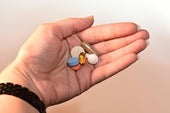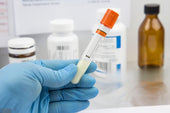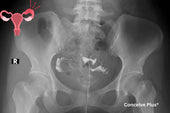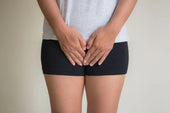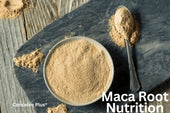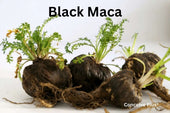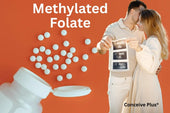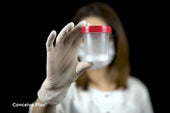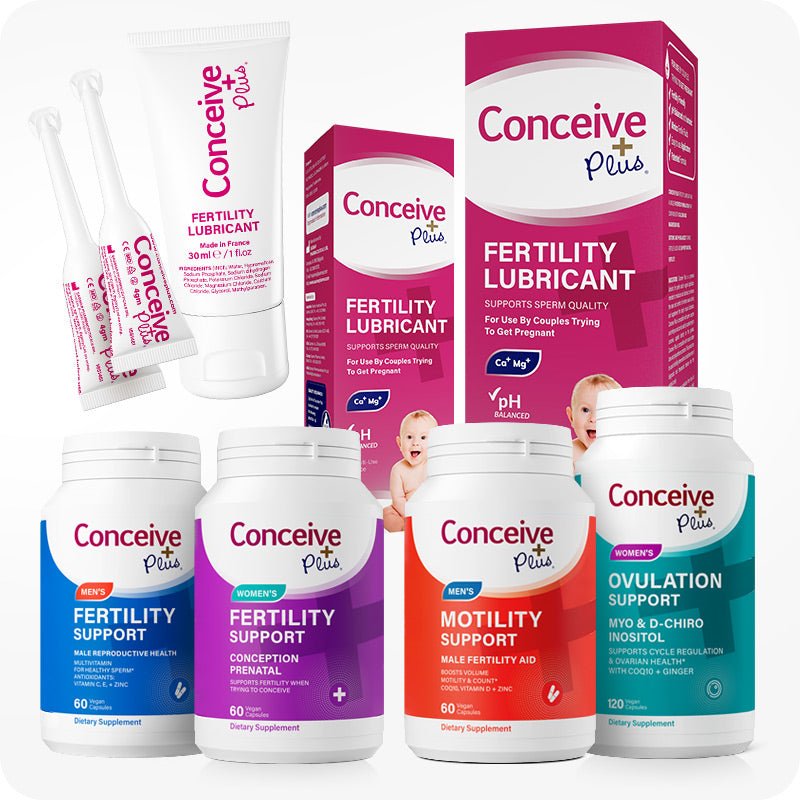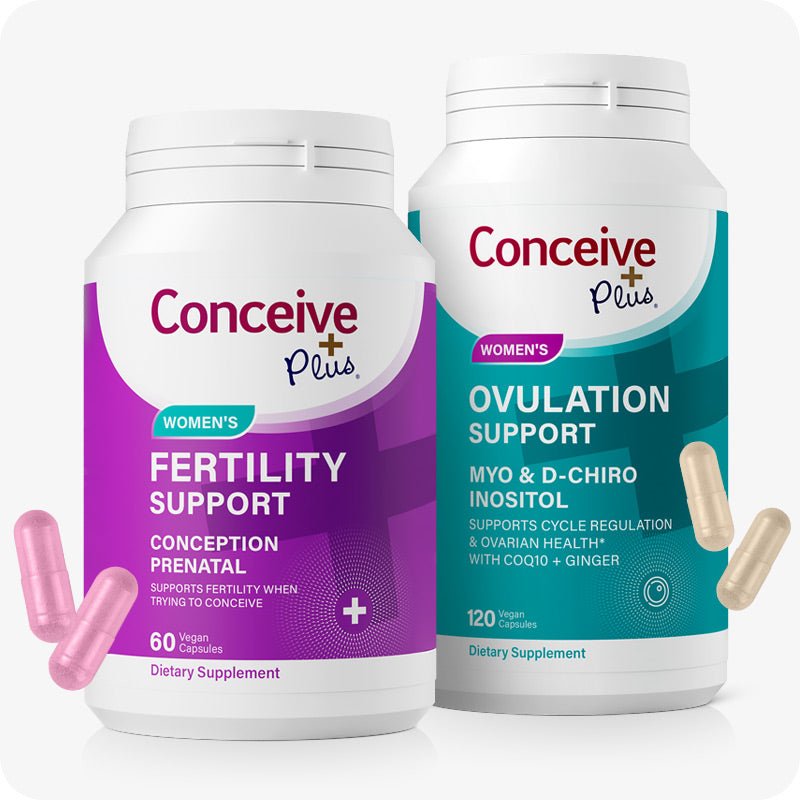How to Stay Hard During Sex: Mastering Endurance in Intimacy
How to stay hard during sex is a concern that many men google at midnight yet rarely voice aloud; acknowledging that challenge allows evidence‑based answers to replace silent frustration. Erectile firmness relies on synchronized vascular expansion, nerve signaling, hormonal sufficiency, and psychological calm, so the roadmap to reliability must integrate body and mind rather than chase a single magic bullet. This article reviews peer‑reviewed research and translates it into practical steps that men and their partners can adopt tonight, next week, and long-term to build confidence that lasts from arousal to afterglow.
The Biology Behind Rigidity
An erection begins when erotic stimulation prompts nitric‑oxide release from cavernous nerves, relaxing smooth muscle so arterial blood floods the corpora cavernosa while venous channels are compressed. Any factor that narrows vessels or blunts neural traffic—atherosclerosis, diabetes, spinal injury—reduces intracavernosal pressure. The European Association of Urology’s 2024 update confirms endothelial dysfunction as the unifying pathology in mild to moderate erectile difficulties. Understanding this cascade clarifies why solutions that expand arteries, protect nerves, and stabilize endothelium outperform quick fixes [1].
Feed the Arteries First
Cardiometabolic habits either prime or punish erectile tissue. A meta‑analysis found that men adhering to a Mediterranean pattern rich in olive oil, leafy greens, nuts, and oily fish improved International Index of Erectile Function (IIEF) scores regardless of weight loss.
Thirty minutes of brisk walking five days a week plus two interval‑cycling sessions raised endothelial nitric‑oxide production and boosted IIEF by twenty‑two percent in a randomized trial. Drop processed sugar, add nitrate‑dense beets or spinach, and swap butter for extra‑virgin olive oil; these tweaks enlarge penile arteries in the same way they protect coronary vessels [2].
Quiet the Mind to Quiet the Sympathetic Nerves
Performance anxiety releases adrenaline that tightens penile vasculature within seconds. An eight‑session online mindfulness program published in early 2024 reported clinically significant gains in erectile confidence and partner satisfaction. Core techniques include paced diaphragmatic breathing, labeling sensations without judgment, and redirecting attention to mutual pleasure instead of goal‑oriented monitoring. Coupling mindfulness with cognitive reframing—treating intimacy as shared play rather than a pass‑fail exam—converts a vicious cycle into a virtuous one where each positive experience reinforces calm arousal.
If you're curious about discovering the best time to have sex for conception, be sure to explore our article "What Is the Best Time to Have Sex for Conception?" for further expert insights.
Optimize Hormones and Recover Deeply
Testosterone fuels libido and sustains nocturnal erections that maintain tissue oxygenation. Free testosterone peaks at dawn yet declines with sleep debt and visceral fat. Twelve weeks of compound resistance training—squats, deadlifts, overhead presses—elevated testosterone fifteen percent in men aged thirty‑five to fifty‑five. Pair lifting with seven to nine hours of dark‑room sleep to protect the nightly pulses of luteinizing hormone that drive androgen synthesis. Alcohol beyond two drinks per day and chronic opioid use suppress the hypothalamic–pituitary–gonadal axis; moderation preserves natural production better than supplementation [3].
Evidence‑Based Prescription Options
Phosphodiesterase‑5 inhibitors (PDE5i) such as sildenafil and tadalafil amplify endogenous nitric‑oxide signaling but do not create desire. Start with the lowest effective dose: sildenafil fifty milligrams on an empty stomach sixty minutes before intercourse, or tadalafil ten milligrams regardless of meals. Daily tadalafil five milligrams doubles as therapy for lower‑urinary‑tract symptoms. If one agent fails, trial another on at least four separate occasions before declaring class resistance. Side‑effects like flushing or nasal congestion usually fade with dose adjustment; sudden vision changes mandate discontinuation and ophthalmologic review.
Supplements: Separating Science from Sales Copy
Panax ginseng standardized to four percent ginsenosides improved IIEF by five points over placebo in multiple meta‑analyses, though effects emerge after six to eight weeks. L‑citrulline two grams daily raises arginine and supports nitric‑oxide synthesis; stacking it with maritime pine bark extract (Pycnogenol) produced additive benefits in a small controlled study. Yohimbine, despite historical use, causes hypertension and anxiety and is best avoided. Many over‑the‑counter “stay hard” blends hide undeclared PDE5i analogs; insist on third‑party certificates or skip them entirely [4].
Micronutrients That Support Vascular and Hormonal Pathways
Zinc functions as a co‑factor for 5‑alpha‑reductase, the enzyme that converts testosterone to its active form, dihydrotestosterone. Surveys show that forty‑five percent of men over fifty consume less than the recommended eleven milligrams daily. Foods like oysters, pumpkin seeds, and fortified cereals close the gap without megadosing. Vitamin D modulates endothelial nitric‑oxide synthase; restoring blood levels above thirty nanograms per milliliter improved erectile scores in a controlled study. Magnesium assists vasodilation and counters stress‑induced cortisol spikes, while omega‑3 fatty acids in cold‑water fish reduce inflammatory cytokines that stiffen arteries.
Prescription Drugs That Quietly Undermine Rigidity
Selective serotonin reuptake inhibitors, certain beta‑blockers, and finasteride list erectile difficulty among their adverse effects. Never stop these medications abruptly, but discuss alternatives such as bupropion for depression, nebivolol for hypertension, or dose reduction for prostate therapy. Even innocuous antihistamines can temporarily reduce penile sensitivity; scheduling them after intimacy avoids unintended interference. Timing matters: taking blood‑pressure pills at night preserves daytime perfusion without compromising overall control [5].
Bedroom Techniques That Maximize Hemodynamics
Choose positions that limit venous drainage, like man‑on‑top with a slight pelvic tilt or rear entry with the receiving partner’s hips elevated. Use thicker pillows to maintain angle and prevent fatigue. Incorporate longer foreplay with manual or oral stimulation to ensure maximal engorgement before penetration; adequate lubrication minimizes friction‑induced detumescence. If rigidity wanes mid‑act, pause and switch to clitoral or oral focus, allowing arousal to rebuild without panic. Many couples find that alternating stimulation between partners maintains high excitement for both, extending overall duration.
If you're looking to further enhance your intimate performance, check out our guide "Sexual Positions Names: Broadening Your Intimacy Repertoire" to discover creative sexual positions names that can add variety to your encounters.
Tailoring Strategies to Different Decades
Men in their twenties typically face anxiety and inconsistent sleep; mindfulness, reduced pornography, and sleep hygiene offer the highest return. During the thirties and forties, rising job stress and creeping waistlines make cardio training and Mediterranean eating crucial. The fifties introduce prostate enlargement and vascular stiffening; daily low‑dose tadalafil combined with strength training counters both. In the sixties and beyond, combination therapy—PDE5i, vacuum device, and low‑intensity shockwave—yields the greatest benefit, especially when accompanied by partner communication that redefines intimacy beyond penetration.
Persistent Myths to Ignore
Tight underwear does not cause chronic erectile dysfunction, though it can raise scrotal temperature enough to affect sperm count. Pornography does not irreversibly “desensitize” the penis; the issue is dopamine habituation to novel stimuli, which can be reset by mindful viewing limits. Supplements marketed as “natural Viagra” are not safer just because they are herbal; many contain undisclosed sildenafil analogs that interact with nitrates and can provoke dangerous hypotension.
Communication Converts Pressure into Partnership
Open dialogue about desires, pacing, and feedback reduces pressure and turns intimacy into collaboration. Couples practicing sensate‑focus exercises report higher satisfaction and fewer aborted encounters than individuals training alone. Discuss preferred positions, erotica, and timing; shared planning diffuses anxiety and increases novelty‑driven dopamine that reinforces erections. Regular check‑ins after sex help refine techniques without blame, maintaining positive momentum for future encounters for lasting intimacy.
Train the Pelvic Floor
Training the pelvic floor is more than a quick squeeze‑and‑release routine; it is targeted vascular engineering for the penis. When the bulbocavernosus and ischiocavernosus contract, they clamp the deep dorsal vein and trap arterial inflow, sustaining intracavernosal pressure the way a tourniquet preserves blood in a limb. To isolate the right fibres, sit upright, place a hand on the perineum, and imagine stopping urine mid‑stream while preventing gas escape—if the base of the penis lifts slightly without abdominal bracing, you have the motion.
Begin with three sets of ten five‑second holds, resting equal time between contractions, twice daily. After two weeks, add ten rapid one‑second pulses at the end of each set to enhance endurance and neural firing speed. Breathe steadily; breath‑holding spikes intrathoracic pressure and undermines venous return. Combine sessions with squats or bridges, which naturally co‑activate pelvic musculature, and schedule practice after voiding to avoid bladder strain. Consistency, not intensity, predicts success. Most men notice stronger morning erections within six weeks of diligent practice daily [6].
Devices and Surgical Pathways
Vacuum erection devices create negative pressure that draws blood into the penis; a constriction ring maintains firmness for up to thirty minutes and is especially useful when neuropathy limits neural initiation. Intracavernosal injections of alprostadil, papaverine, or a trimix cocktail achieve dependable erections within ten minutes for neurogenic or severe vascular cases. When pharmacotherapy and injections fail, inflatable penile implants offer satisfaction rates above ninety percent. Candidacy requires thorough counseling because implantation is irreversible and future spontaneous erections are impossible.
Safeguard Future Function
Erectile quality predicts cardiovascular events within five years. Maintain systolic blood pressure below one‑twenty millimeters of mercury, fasting glucose under one‑hundred milligrams per deciliter, and LDL cholesterol below one‑hundred to protect the microvasculature. Quit smoking; even five cigarettes daily doubles erectile risk. Replace prolonged bicycle rides with a cut‑out saddle to prevent pudendal nerve compression. Vaccination against influenza and COVID‑19 mitigates viral endothelial injury that can temporarily blunt rigidity [7].
The Bottom Line
How to stay hard during sex ultimately requires aligning vascular health, hormonal balance, mental composure, and relational cooperation into a resilient system that withstands occasional stressors. Apply the diet and exercise prescriptions, adopt mindfulness, prioritize restorative sleep, and use medical or device assistance judiciously; by weaving these strands together, you build a safety net that preserves both bedroom confidence and lifelong wellbeing. When improvements plateau after three diligent months, consult a sexual‑medicine specialist for tailored diagnostics and advanced therapies, remembering that progress is possible at any age when science guides the strategy. Track morning erections in a journal, monitor blood pressure monthly, and celebrate incremental wins; consistency, not perfection, ultimately determines lasting success and preserves sustainable sexual health.
References
- Wang X, He B. Endothelial dysfunction: molecular mechanisms and clinical implications. MedComm (2020). 2024 Jul 22;5(8):e651. doi: 10.1002/mco2.651. PMID: 39040847; PMCID: PMC11261813.
- Rosen RC, Riley A, Wagner G, Osterloh IH, Kirkpatrick J, Mishra A. The international index of erectile function (IIEF): a multidimensional scale for assessment of erectile dysfunction. Urology. 1997 Jun;49(6):822-30. doi: 10.1016/s0090-4295(97)00238-0. PMID: 9187685.
- Corona G, Maggi M. The role of testosterone in male sexual function. Rev Endocr Metab Disord. 2022 Dec;23(6):1159-1172. doi: 10.1007/s11154-022-09748-3. Epub 2022 Aug 23. PMID: 35999483; PMCID: PMC9789013.
- Huang SA, Lie JD. Phosphodiesterase-5 (PDE5) Inhibitors In the Management of Erectile Dysfunction. P T. 2013 Jul;38(7):407-19. PMID: 24049429; PMCID: PMC3776492.
- Dhaliwal A, Gupta M. PDE5 Inhibitors. [Updated 2023 Apr 10]. In: StatPearls [Internet]. Treasure Island (FL): StatPearls Publishing; 2025 Jan-. Available from: https://www.ncbi.nlm.nih.gov/books/NBK549843/
- Siegel AL. Pelvic floor muscle training in males: practical applications. Urology. 2014 Jul;84(1):1-7. doi: 10.1016/j.urology.2014.03.016. Epub 2014 May 10. PMID: 24821468.
- Kovac JR, Labbate C, Ramasamy R, Tang D, Lipshultz LI. Effects of cigarette smoking on erectile dysfunction. Andrologia. 2015 Dec;47(10):1087-92. doi: 10.1111/and.12393. Epub 2014 Dec 29. PMID: 25557907; PMCID: PMC4485976.






